Our Manufacturing Partners
Ready to Talk?
Contact Us
Fill out my online form.
*Our Customer Support Team will reach out to you within 24 hours during normal business operations.
*Our Customer Support Team will reach out to you within 24 hours during normal business operations.
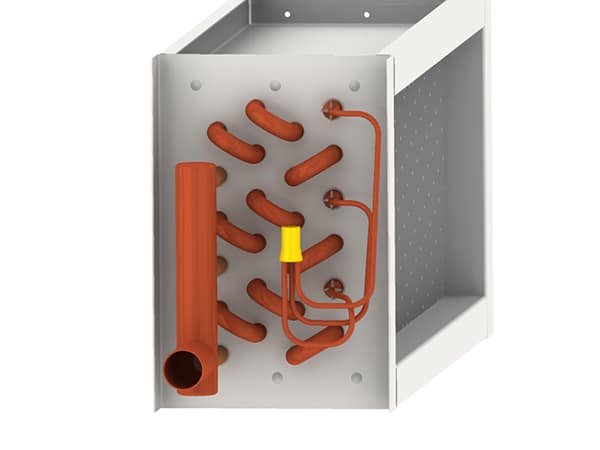
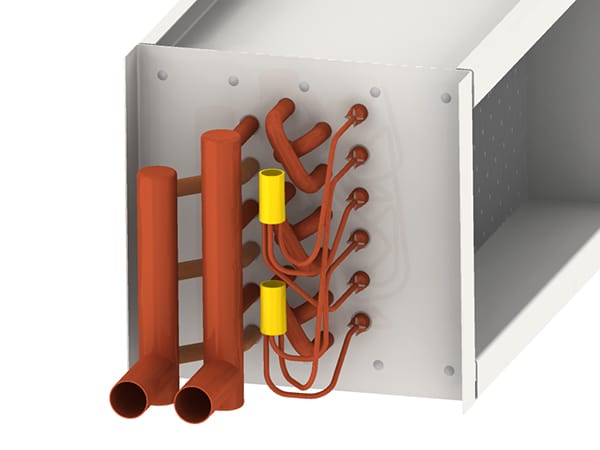
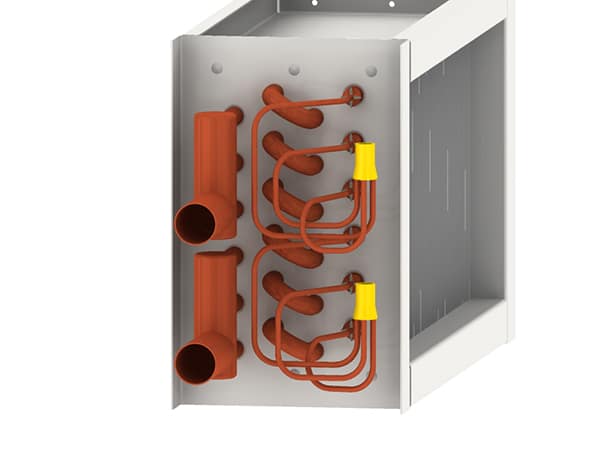
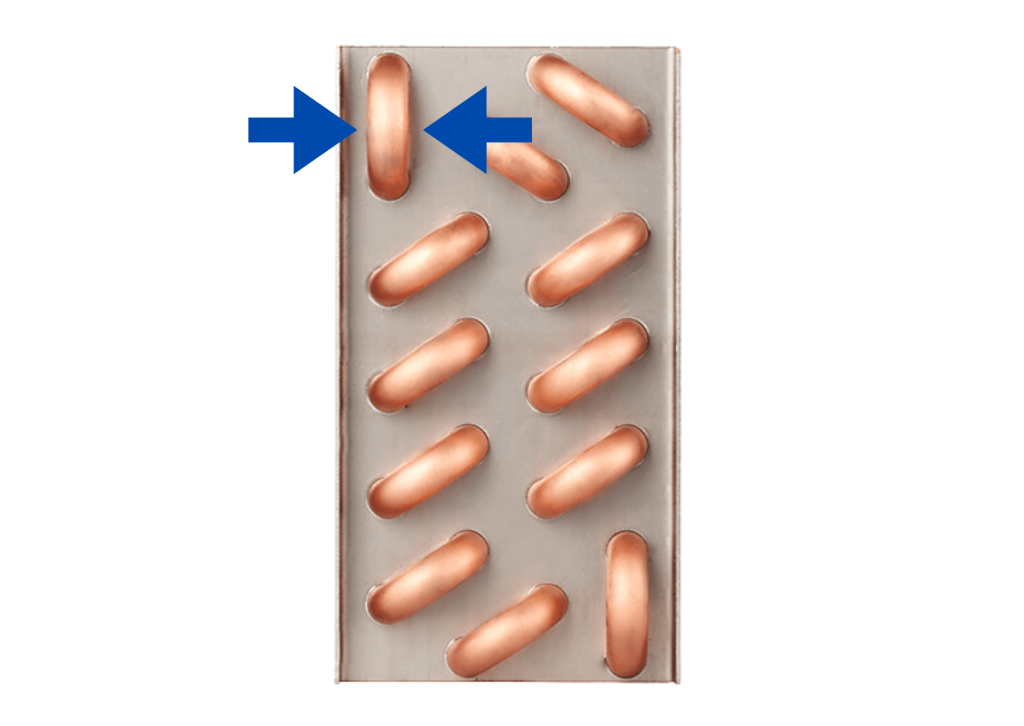
Use a caliper or tape measure to determine the outside diameter of the tubes.
If necessary, remove insulation to see the incoming and outgoing lines. Measure the diameter of the outside of the line to help determine connection size.
Standard connection types are MPT (male pipe thread), FPT (female pipe thread), and Copper Sweat Connection. MPT is threaded on the outside, FPT is threaded on the inside, and Copper Sweat is used for soldered connections
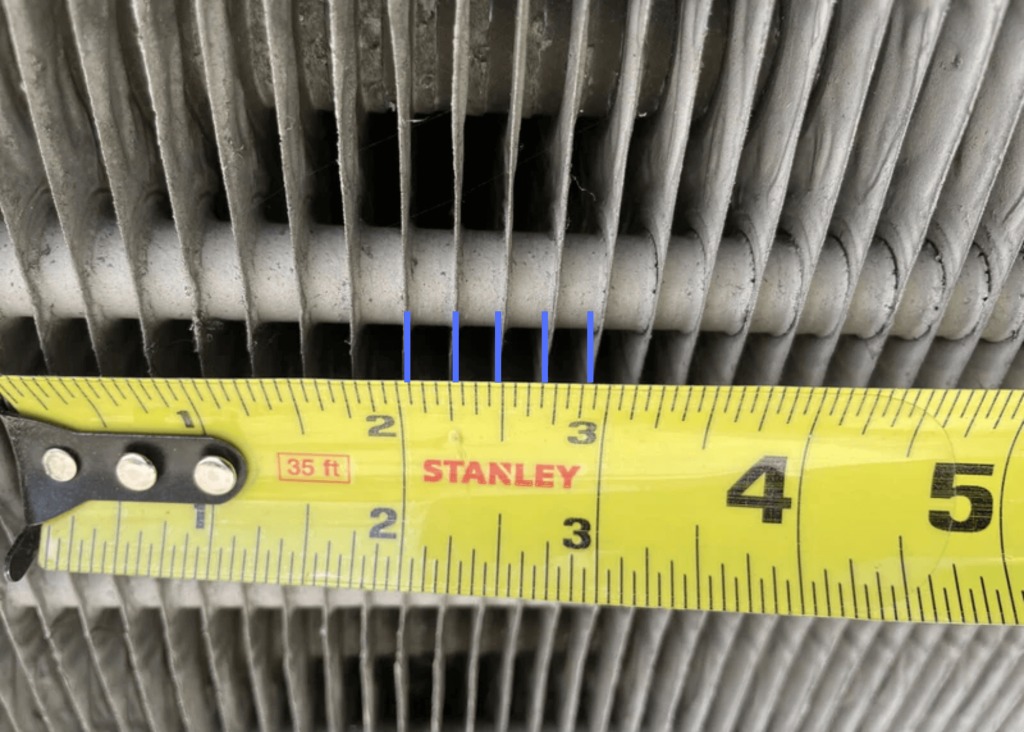
Using a ruler, count the number of fins on the coil within one inch. Normal fin counts will be between 4 and 14 FPI.
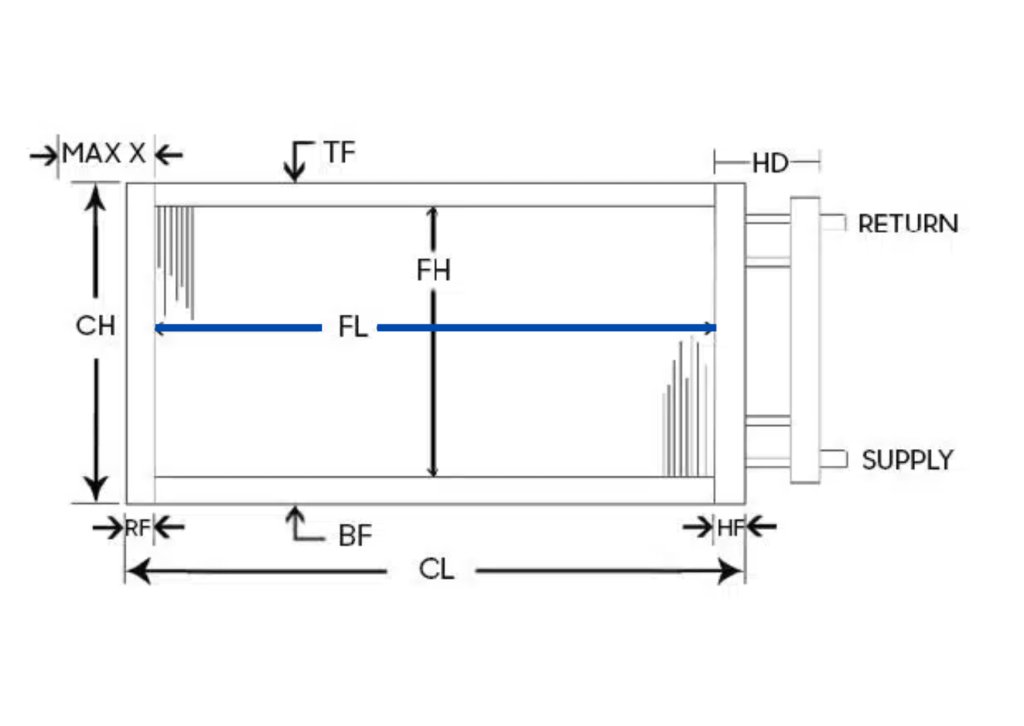
Measure in the direction of the tubes, regardless of which direction the tubes are running.
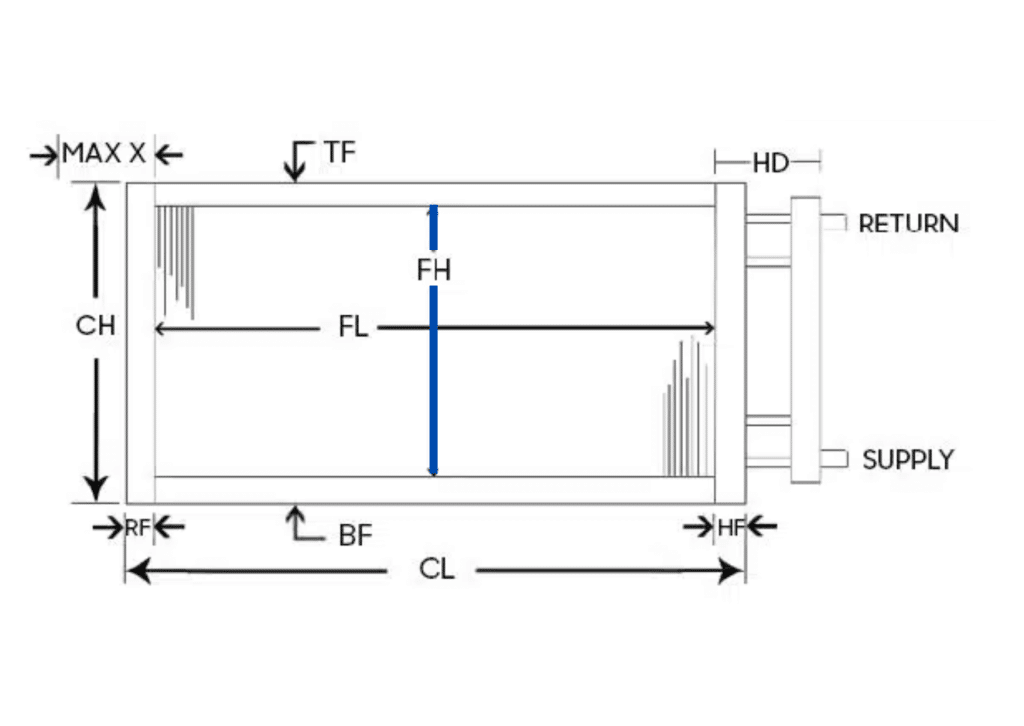
Measure in the direction of the fin.
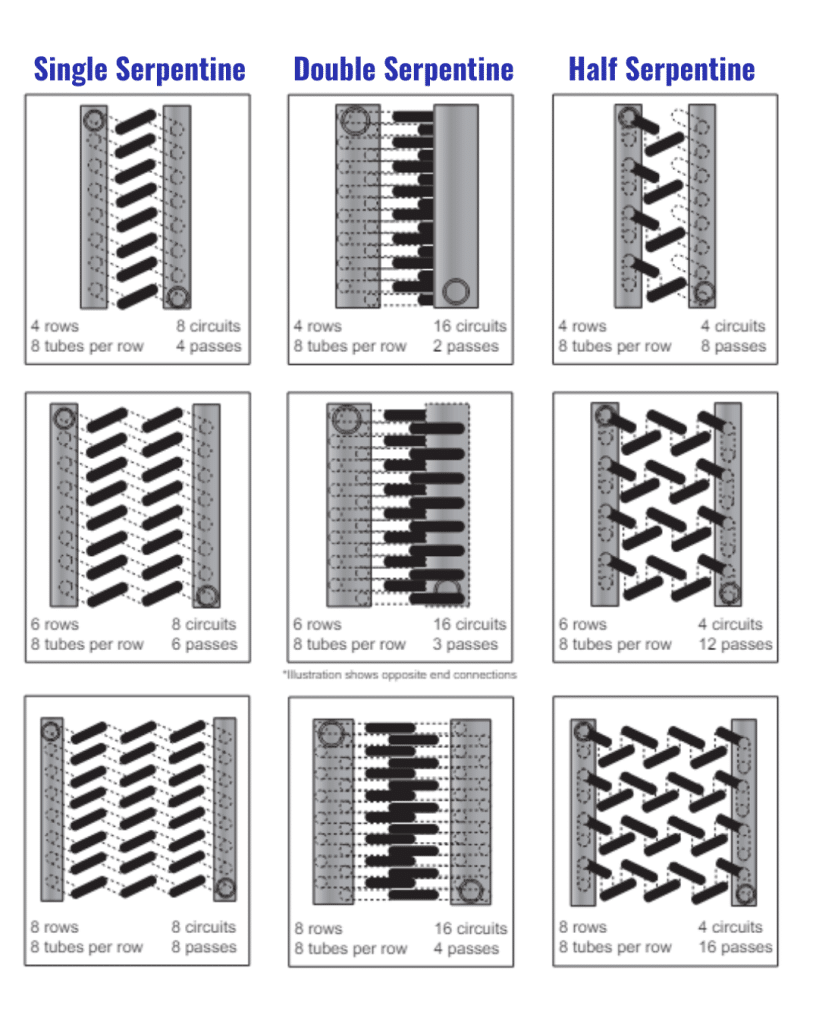
Rows are counted in the direction of airflow, no matter how the coil is installed. You can count rows by looking at either the header end or the return bend end of the coil. Note that headers or return bends may not be evenly spaced across the coil.
Fluid coils—hot water, chilled water, and glycol water—regulate building air temperature by heating or cooling air in Air Handling Units (AHUs). Constructed with multiple rows of tubes, typically copper, these coils efficiently transfer heat between air and circulating fluids. They are vital for year-round comfort, accommodating diverse fluids like glycols and thermal oils for varied HVAC needs.
Condenser coils transfer heat from refrigerant vapor to the outdoor air, ensuring efficient cooling in HVAC and refrigeration systems. Constructed from materials like copper or aluminum to maximize heat transfer, these coils are vital for maintaining precise temperature control in industrial and commercial environments.
Steam coils utilize the latent heat of steam, released during condensation from vapor to liquid. They feature efficient condensate management to prevent water buildup and ensure uniform steam distribution. Available in configurations for high and low-pressure applications, steam coils are highly effective for heating air in a wide range of environments.
Evaporator coils absorb heat from indoor air to cool and dehumidify spaces by evaporating refrigerant from liquid to vapor. Located indoors, these coils are essential for maintaining comfortable environments in industrial and commercial settings, offering excellent performance in cooling, process cooling, and dehumidification applications. They are versatile for use in Air Handling Units (AHUs), central systems, or duct installations.